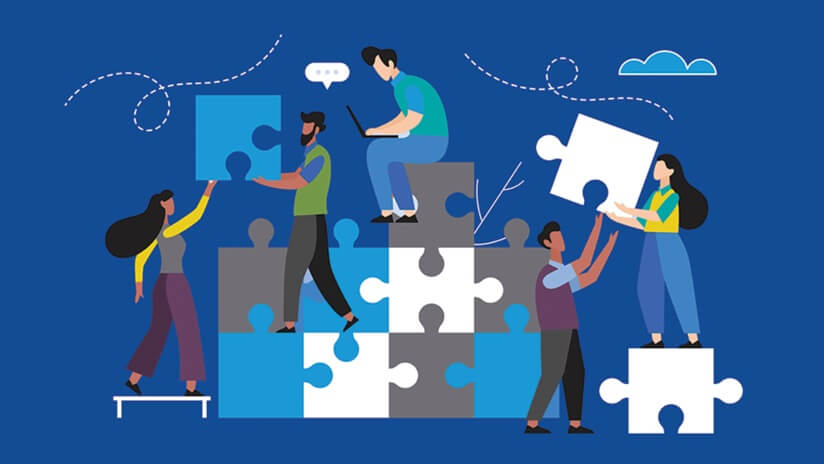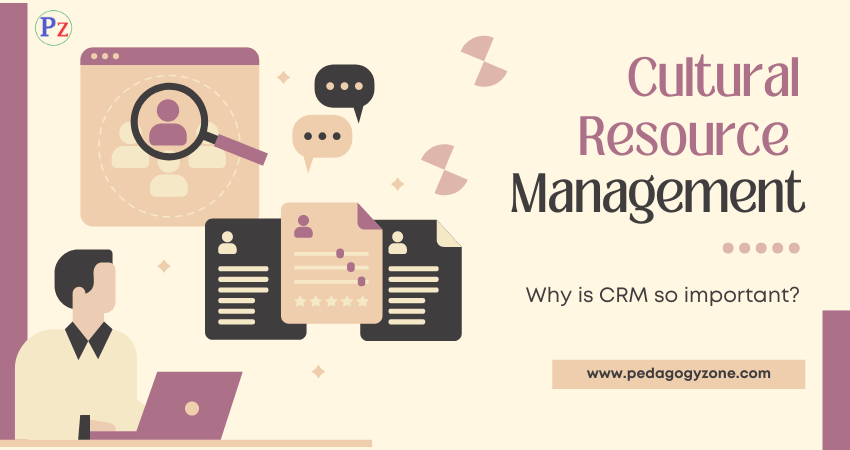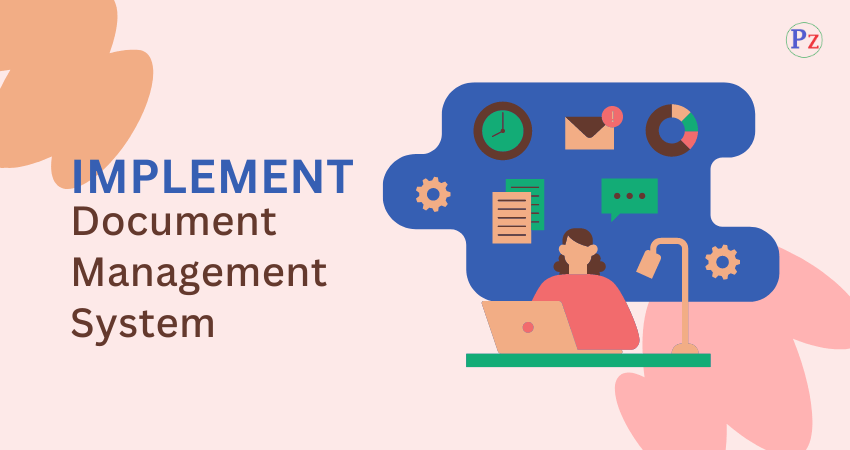Introduction
Individuals experience two types of changes. One, they try to adjust and adapt to the changes occurring in the external environment such as offer of a new job, sickness, competition or loss of property. Second, even if nothing changes in the external environment, still individuals automatically keep changing ( adulthood, old age, family responsibilities, etc).
Definition
Change is understood as doing things differently.
- Vital if a company were to avoid stagnation
- A process and not an event
- Normal and constant
- Directive
- Natural
- Incremental
Levels of changes
a. Individual Level – example, job assignment, transfer.
b. Group Level- example, communication, job design, works flows.
c. Organizational Level- example, organization structure and responsibilities, remuneration systems, shift in organization objectives.
Importance of changes
- Change is inevitable because of internal and external forces
- Change in customer expectations
- Globalization
- Automation
- Computerization
- Competition
- Standardization in the market
- New work force
- To achieve the goal, objective, profit and growth of the firm.
Forces/Factors influencing changes in organization
a. External forces
- Globalization- Major Players in the global market are the multinational corporations. MNCs seek entry in to the Indian market through joint ventures.
- Workforce Diversity- Diversity makes an organization reposition itself, reposition its strategy from a brick and-mortar to an e-commerce environment, launch a new product, create a new idea, develop a new marketing plan, design a new operation, and assess emerging trends from a new perspective.
- Technological Change- Revolutionary change in communication, satellite, cable networking, dish antenna and mobiles.
- Managing Ethical Behavior- Through changes in organizational culture.
- Government Policies- Rules and regulations.
- Competition- Survival of the fittest. Organization need to come up the challenges posed by the competitors to sustain and survive.
- Scarcity and Resources- (Men, Machine, Material, Marketing, Manufacturing, Methods, Money).
- Change in People Requirements- With changing requirements of customers, the five-star-hotels have started to offer new services, such as business centers, conference hall facilities and secretarial services.
b. Internal forces
- Organizational Silence- Employees avoid some issues.
- Falling Effectiveness- Leads to loss, loss need to changes to recover.
- For Meeting Crisis- Sudden death of a CEO, resignation of executives, loss of major suppliers.
- Change Employee Expectations- In motivation and career development.
- Change in the Work Climate- Leads to layoffs.
- Change in Leadership- Leadership styles changes culture and values. Example -Tata Birla, Infosys Narayanamoorthy
- Introducing New Technologies- example introducing computerization.
- The Domino Effect- Means one change triggers off a series of related changes.
- Organizational Life Cycle- All organization pass four stages introduction, growth, maturity and decline.
Stability Vs Change
While some individuals are open to change (risk takers), others individuals have a high need for stability (risk-averse).
The same is true for organization. Risk-taking organizations are said to be innovative with a push for constant, continuous improvements.
Risk-averse organizations focus on not rocking the boat. Hence, an important aspect of an organization security culture is its tolerance for change and innovation.
Types of change
Proactive Change (planned change): Occurs when some factors make realize organization think over and finally decide that implementation of a particular change is necessary.
Reactive Change (unplanned): Occurs when forces compel organization to implement change without delay.
Evolutionary Change: This is gradual, incremental, and specifically focused.
Revolutionary Change: Which is sudden, drastic and organization wide.
The change process
According to LEWINS, change model unfreezing, moving, and refreezing underpin the change process itself which can be summarized as consisting of six stages:
Stage 1: Becoming aware of the pressure for change
a. External Pressure- Technological innovation act as powerful triggers for change.
b. Internal within the firm- Conflicts among employees, employees retires or resign, change in structure, task, policies, rules and regulations.
b. Revolutionary Change- bottom up change strategy.
Stage 6: Following up on the Stage- To evaluate the effects of the change and to institute Procedural modifications that will ensure that change continues to implement.
Resistance / Struggle to change
a. Individual Resistance to Change
- Fear of the Unknown or Uncertainty- Un expected changes.
- Fear of Loss- Fear about losing their jobs, employees may also fear losing their status because of change.
- New Learning
- Disruption/ disturbance of stable friendship.
- Distrust / doubt of management.
- Habits- Preferences for familiar actions and events.
- Logical Reasons- Employees have justifiable reasons for their resistance to change.
- Selective Perceptions- Views and attitudes.
- Cognitive Biases- Cognitive dissonance, projection, ego-defense, escalation of commitment, and the like are cognitive biases.
b. Organizational Resistance to Change
- Threats to the power structure- decentralized decision making.
- Structural Inertia- examples, job assignments, selection and training of new employees, performance reward systems are designed to maintain stability.
- System Relationship– any changes as a domino effect. Change in one subsystem affects changes in other subsystems also.
- Sunk cost and vested interest- sunk cost are investments in fixed assets, such as land and building and machinery. Vested interest is the personal commitments of individual to programmes, policies, or other people.
- Organizational Culture- norms, values and traditions.
- Organizational Strategy- course of actions.
- Over-Determination- with several systems.
c. Group Level Resistance to Change
- Group norms- Group develop their own norms to promote desirable behaviors. Most members conform to these norms, especially in closely-knit norms.
- Group cohesiveness- Is a stumbling block to change.
- Groupthink- This refers to situations in which group pressures for conformity. deter the group from critically appraising unusual or unpopular views.
Managing resistance to change
- Education and Communication- Educate the employees about the needs of change through one-on-one discussion, group representation or reports.
- Participation and Involvement- With superiors and subordinates in planning, implementation, production and research.
- Facilitation and Support- Support and empathy to those employees who have trouble dealing with the change. Counseling and therapy, skill training, or a short paid leave may be examples of support extended to the employees.
- Negotiation and Agreement- For this, a specific reward package can be negotiated with the powerful individuals to meet their individual needs.
- Manipulation and Co-operation- In brief, manipulation implies covert attempts to influence.
- Explicit and Implicit Coercion- Suggested tactics is coercion. The organization, as a last resort, can apply direct threats on the resisters to make them ready accept the proposed change.
- Stress Management
- Training
| Read More Topics |
| List the importance of organizational culture |
| Define stress and cause stress |
| Explain the process of group decision making |





